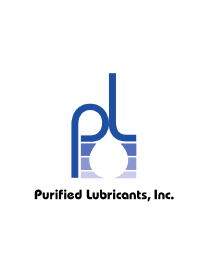“When we sent several duplicate oil samples to our oil analysis lab, the particle counts were quite different. Some differed by as much as five in the ISO code. The samples taken after the 7-micron absolute filters were higher than the before samples. How can you determine what the real particle count is so you can make the best decisions?”





